As Summer slowly fades away and Fall approaches, we start to notice a change in our gardens. Those colorful blooms we love, start to fade as the plant begins sending all its energy to its storage system in the roots to prepare for winter. But just as everything else begins to fade, we see a versatile, show-stopping plant take center stage in late summer and fall!
The swaying motion of perennial grasses and sedges can bring a dynamic element to many garden spaces. Many people find that the gentle swaying of the grasses in their garden provides a soothing, calming effect that brings the garden to life and in turn brings them closer to nature.
These plants come in many shapes, sizes, and forms to fit any space and can add year-round texture, height, and variety to your garden. The contrast of the finer blades of grass and their feathery plumes adds a dramatic, sophisticated look when paired with other foliage alongside them throughout the entire season.
It is recommended to not cut these grasses back in the fall to keep an element of interest during the winter landscape. Keeping the grasses throughout the winter can also provide shelter for wildlife and their seeds provide a winter food source for many birds. The spring is the best time to cut these plants back to provide room for the new growth to emerge.
As if the beauty and functionality of these plants weren’t enough, there are other benefits to incorporating grasses to your landscape. Grasses are low maintenance, drought resistant (yay!), and their extensive root systems can help with erosion control and soil stabilization, contributing to the overall health and resilience of your garden.
If you decide to incorporate grasses into your garden mix, there are a wide range of choices out there. Here are some varieties we are excited to share with you:
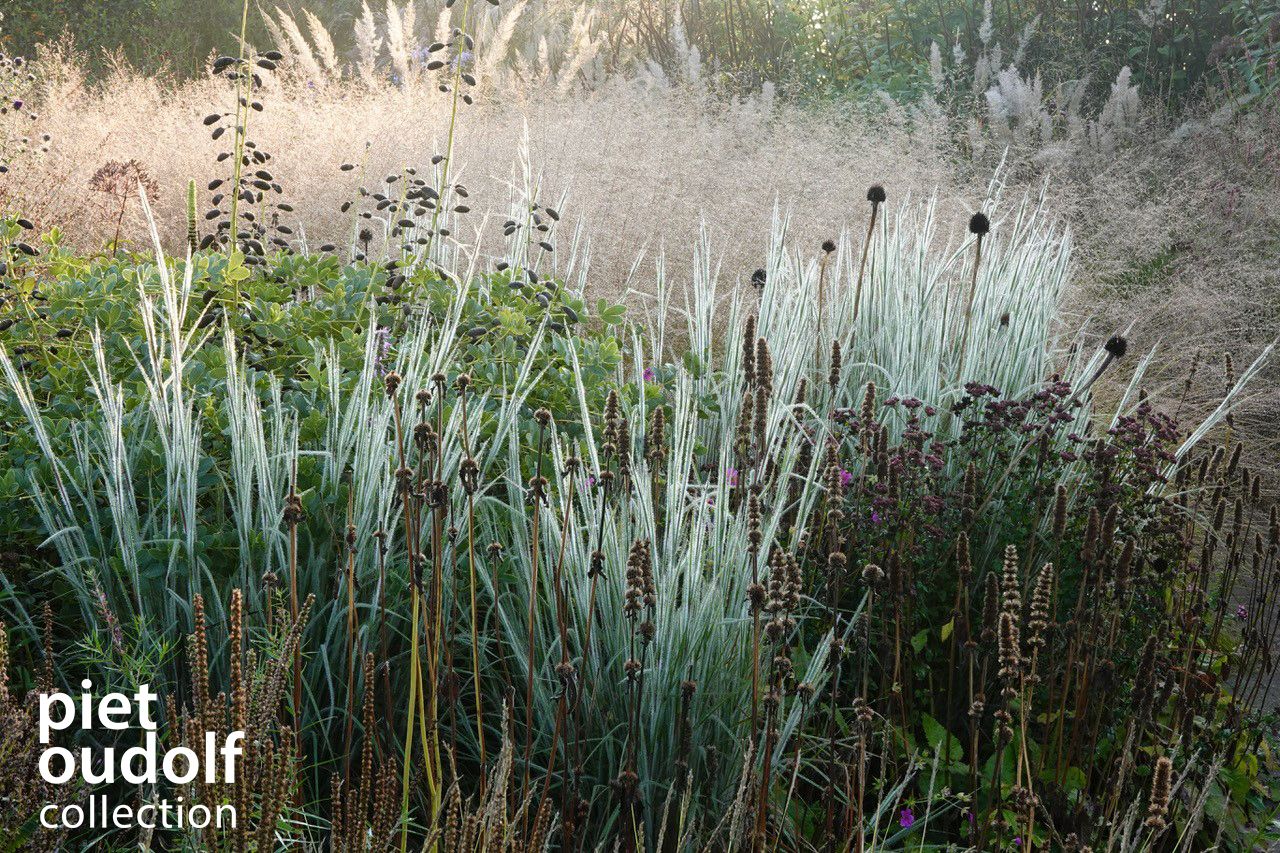
“Ha Ha Tonka” Little Bluestem
This eye catching Little Bluestem is a new cultivar from the Piet Oudolf collection. Oudolf is a world-famous Dutch garden designer and author, known for his naturalistic approach to gardening. He prioritizes plants that provide color and form throughout the entire season, not just during the bloom. The stiff, upright habit of this grass helps it to keep its shape throughout the season. The leaves have fine, dense hairs that create a glowing, halo effect unlike any other grass. The foliage is blue green with red-orange and grey segments that add an extra pop of color. Unlike the name suggests, this grass is no joke.
This is a warm season grass, blooming in the late summer, giving you great fall color. It prefers dry soil and requires full sun exposure. Although this little beauty is technically a Zone 5-10, we have a good deal of confidence this plant could survive in our zone with proper care, although there is no guarantee. This grass can grow up to 4 feet tall when it is in bloom, so make sure to plant it with the mature size in mind. This unique cultivar is great for attracting pollinators and is deer resistant; what’s not to love?
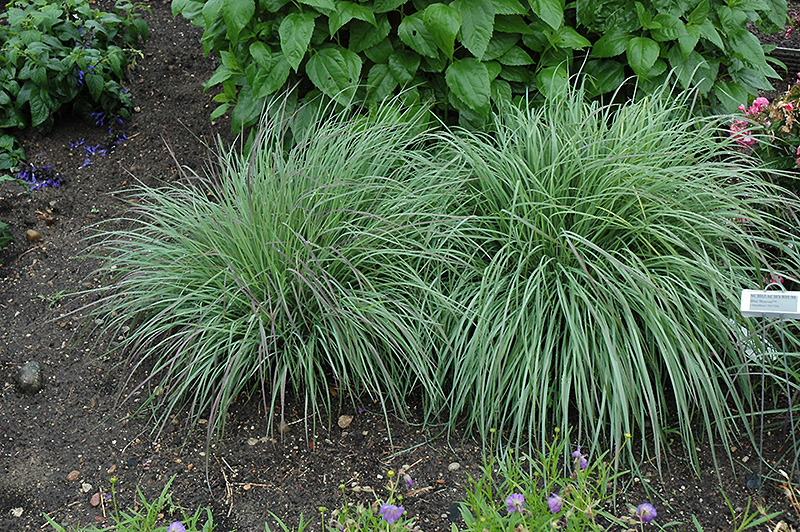
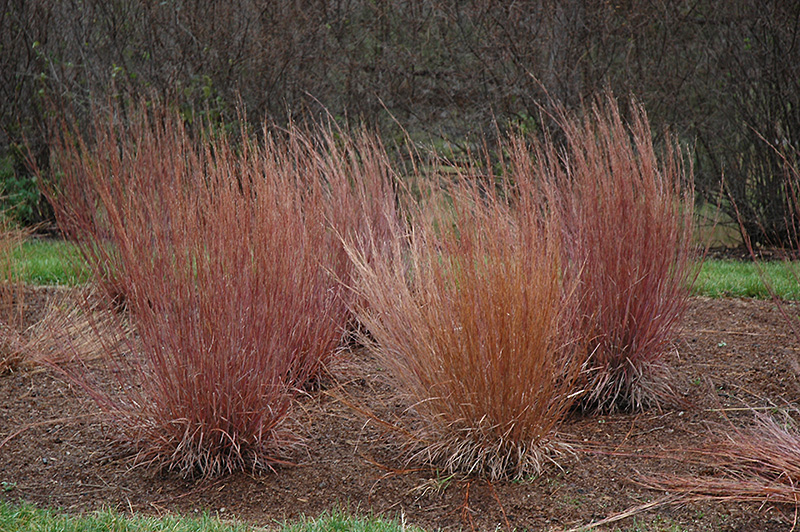
“Blue Heaven” Little Bluestem
This “heavenly” grass was created by Mary Meyer at the University of MN. It has a taller, upright habit perfect for adding height and winter interest to your space, as it will not flop over like other varieties. The foliage is usually a bright steel (almost iridescent!) color with purple highlights. In late summer, fluffy tan seeds appear with a slight multi-color change of foliage.
This grass requires full sun and is also a warm season grass, providing some great fall color and texture. Keep the soil somewhat dry and well drained. At its mature size, it can get up to 3-4 feet tall. As with most grasses, this variety is deer resistant as well. A great, easy to grow choice for those gardeners looking prevent erosion or create a show stopping border.
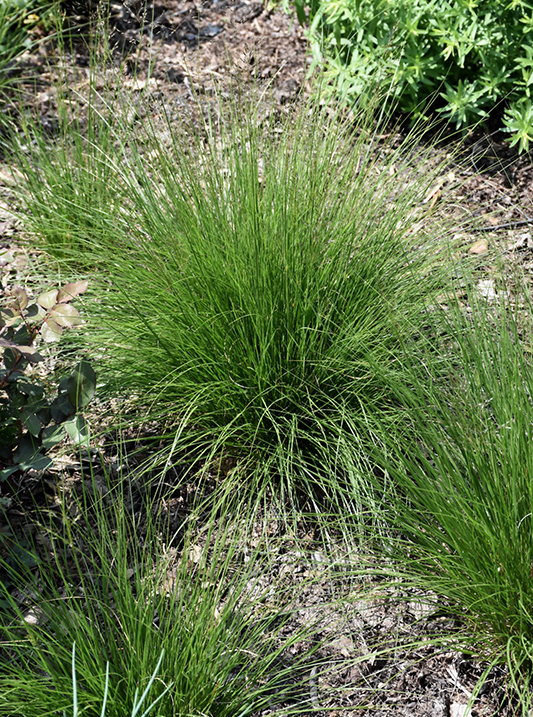

“Tara” Dwarf Prairie Dropseed
Another one of Piet Oudolf’s design choices, this grass is perfect for foreground and border plantings as it is much shorter and compact than other grass species. Oudolf chose this grass for the world-renowned Millenium Park Garden in Chicago because of its low maintenance needs and drought tolerance. This is a North American native and is great for mass plantings and meadows because of its prairie origins.
This cute, more compact grass loves full sun and will get about 2 feet tall when it is in bloom. It is a warm season grass and airy, scented seed heads will appear in late summer, which the birds will love. In the fall, the foliage turns a beautiful rust-red. As with most grasses, it will do best in well-drained, dry soil so be careful not to over-water.
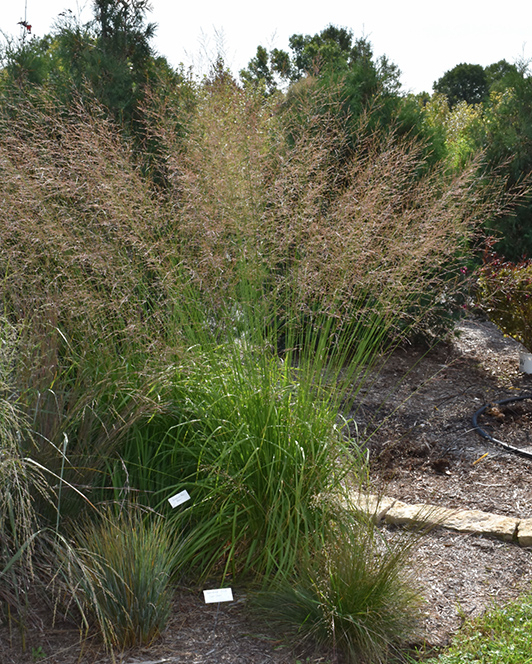
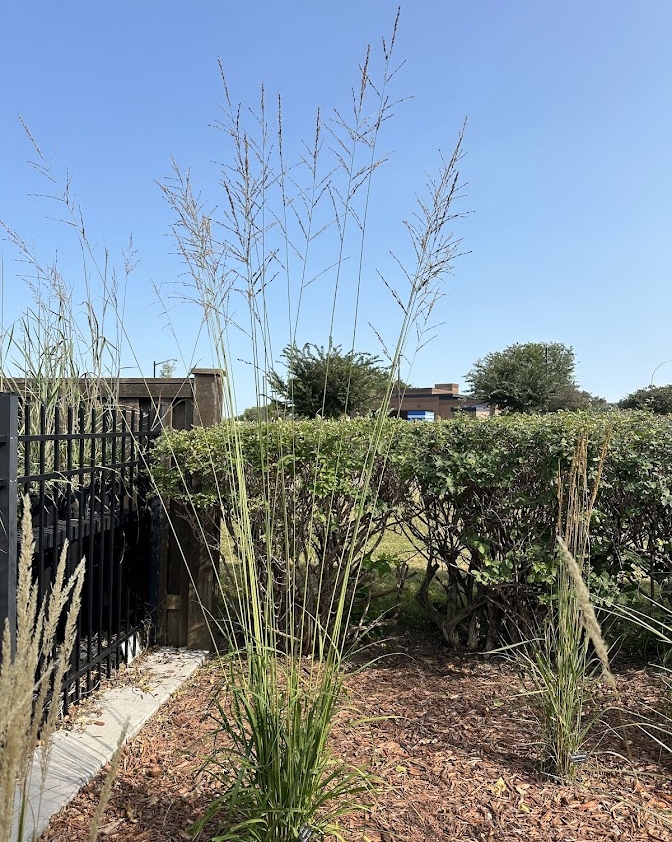
“Skyracer” Molinia
This majestic Moor Grass brings elegance to any landscape. Designed by the late Kurt Bluemel, who is known for popularizing ornamental grasses through his life’s work propagating and selling new and improved varieties.
This grass starts out as a three-foot mound in the spring then transforms as numerous 6-foot stalks appear which eventually contain airy seed heads. In the fall, the foliage will eventually turn golden, making for perfect winter interest. It is a warm season grass that blooms early summer. It can be planted in small groups as long as enough space is provided in between. Give this giant beauty plenty of sun and it will tolerate most types of soil conditions, as long as it can drain properly.
This grass is perfect for adding a dramatic element to your garden space and has been proven to be a low-maintenance choice for those seeking a bold statement.
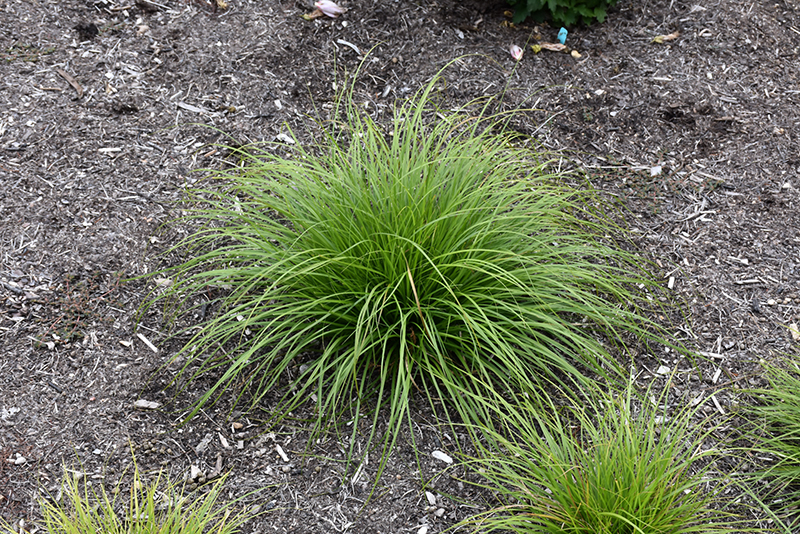
Pennsylvania Sedge
Is your space lacking the proper sun to support a perennial grass? No problem. This is not a true grass, but a sedge. The best way to distinguish between a sedge and a grass is to look for a slight difference in stem shape. Sedges are typically slower growing and can tolerate shade more than most grasses. There are many types of sedges, like the native Pennsylvania sedge, that work very well for woodland gardens and naturalistic areas. This sedge also thrives as a lawn alternative with little foot traffic, or as a ground cover since it is most effective when planted in masses.
This sedge is the ultimate pollinator plant. It provides shelter for a variety of caterpillars and birds. It’s a cool season grass and prefers to stay evenly moist and shaded but is considered drought tolerant once it’s established. Expect this little guy to get about a 1 foot tall at the most. When planted in a mass, watching the breeze gently flow across them is truly magical.
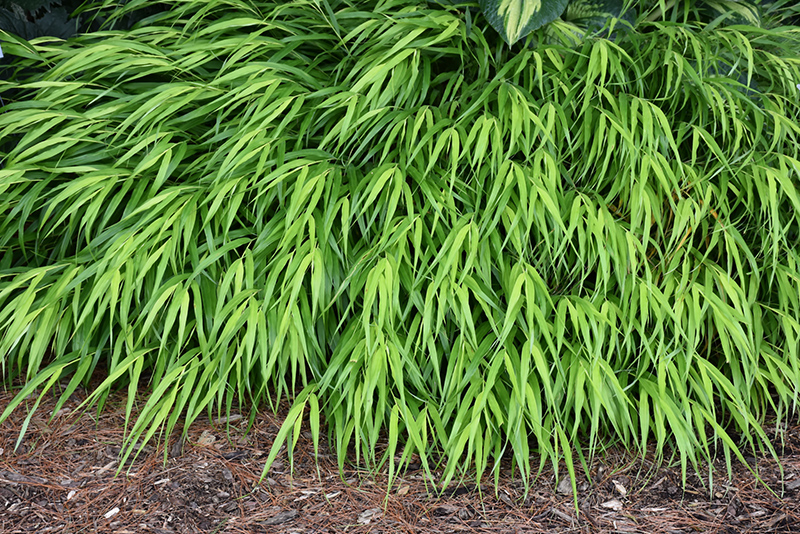
“All Gold” Hakonechloa Grass
A shady garden space doesn’t have to be dull and dark. With this bright chartreuse to gold grass, your shady spot will be poppin’ with color. This slow growing, somewhat compact grass can get about 2 feet tall and will generally not take over its neighbors. It can be used as a border, a mass planting or as an attractive focal point.
In addition to its beautiful, bright foliage, it does produce seed heads. Tiny reddish, brown flower spikes will appear in the late summer and early fall, giving it an airy appearance.
This grass is at home in shaded, woodland environments with rich soils that drain well. This deer resistant grass is a great addition to a naturalistic garden space. The hardiness zones for this grass are 5-9, so leaf mulch protection may be helpful through the winter while it is getting established.
Whether you have a sunny or shady space, there is always a perennial grass that you can incorporate into your landscape. Then sit back and enjoy the calming effect of watching the breeze gently flow through these grasses and connect with nature in a whole new way.
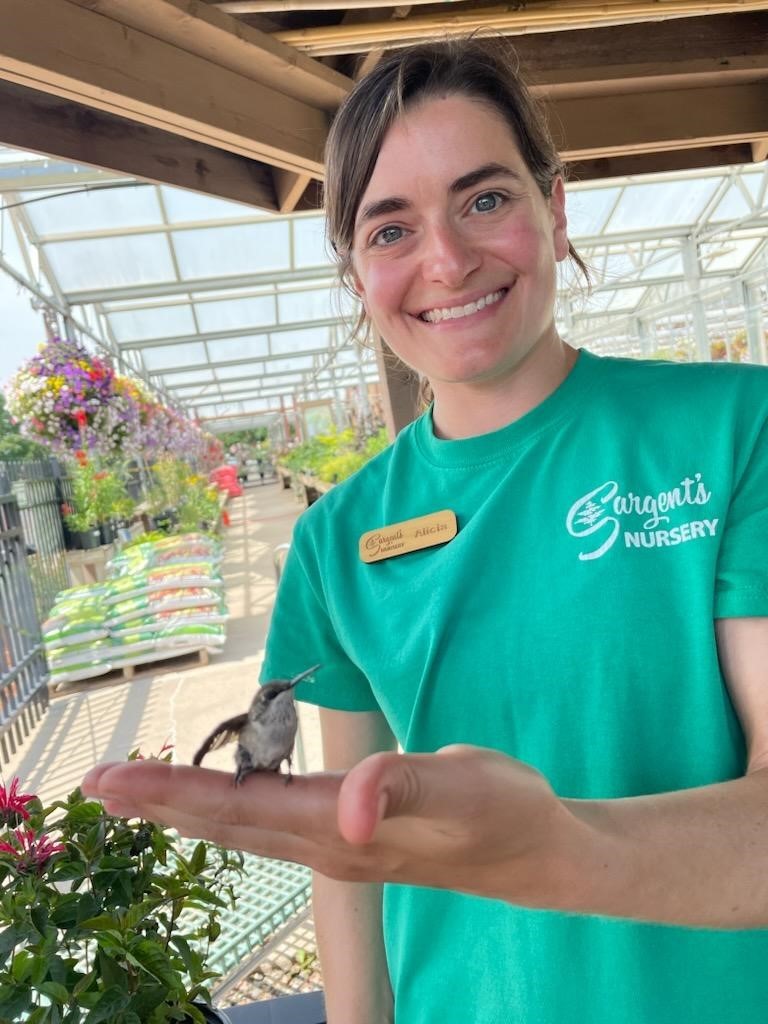
This blog post is brought to you by Alicia, an employee of Sargent’s Nursery, whom you may have seen watering annuals in the greenhouse in the past.
She now travels the country, excitedly sharing her knowledge and experiences in gardening with you. And hey, she even saved a hummingbird once with a sticky wing.
Check back for more from Alicia and come along for the ride!


